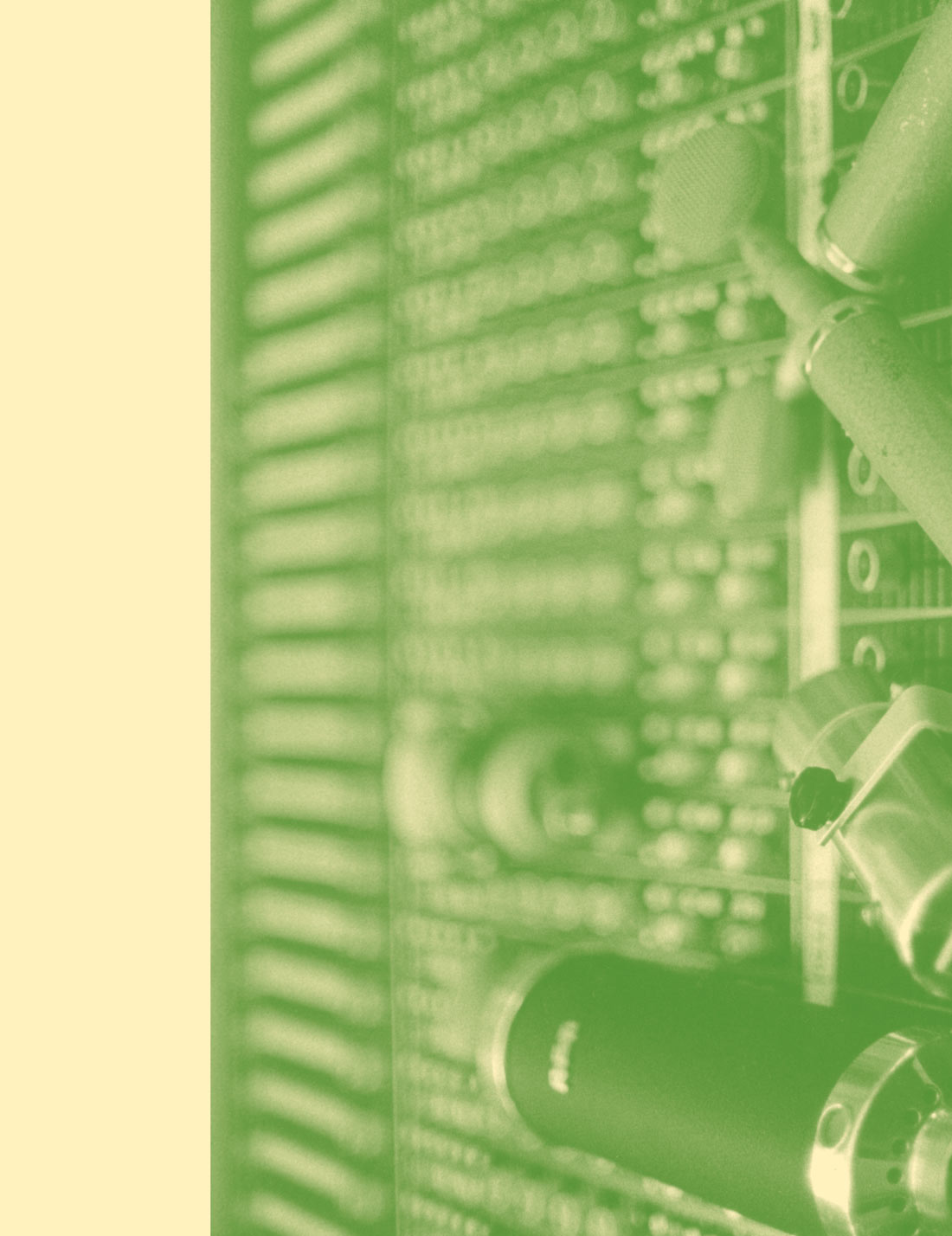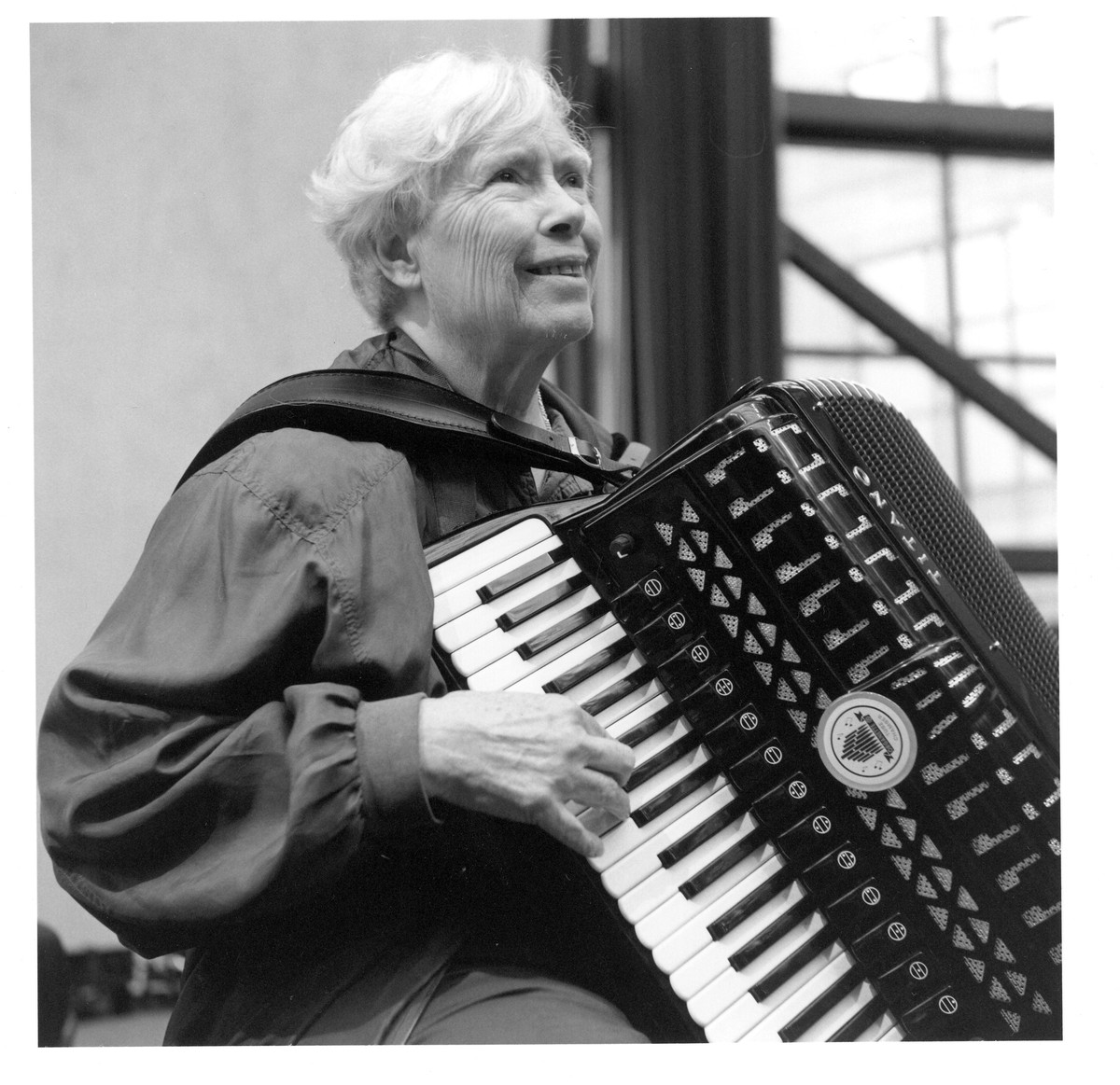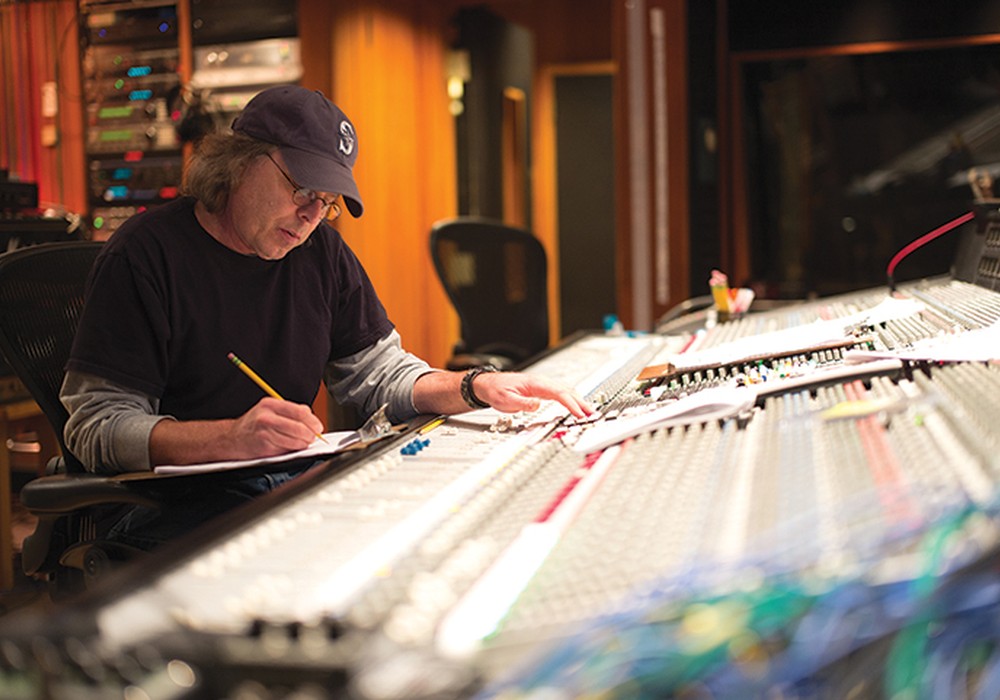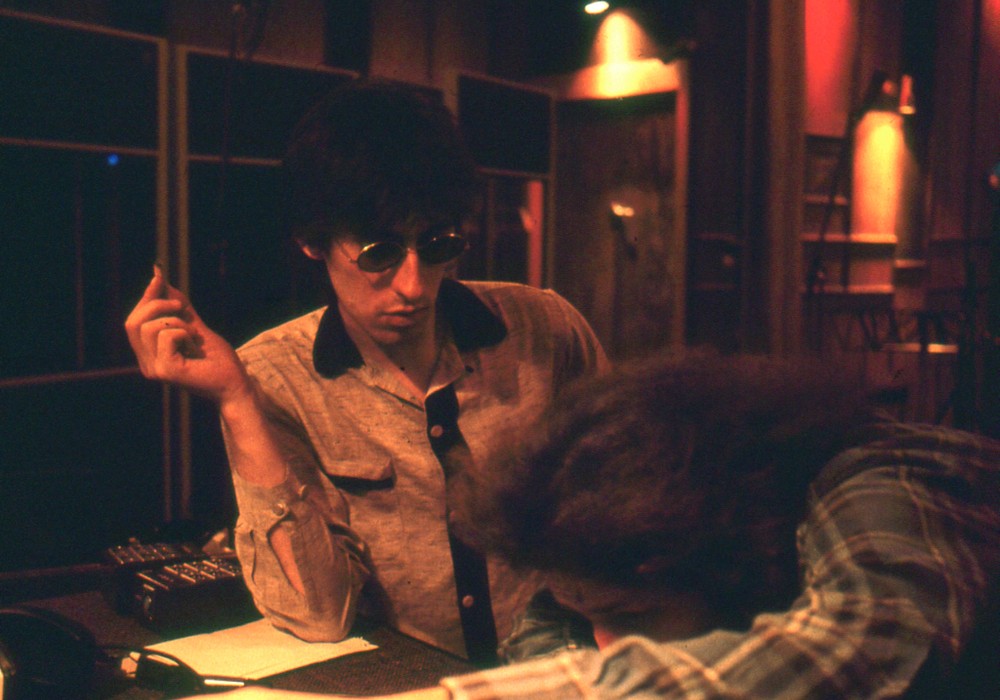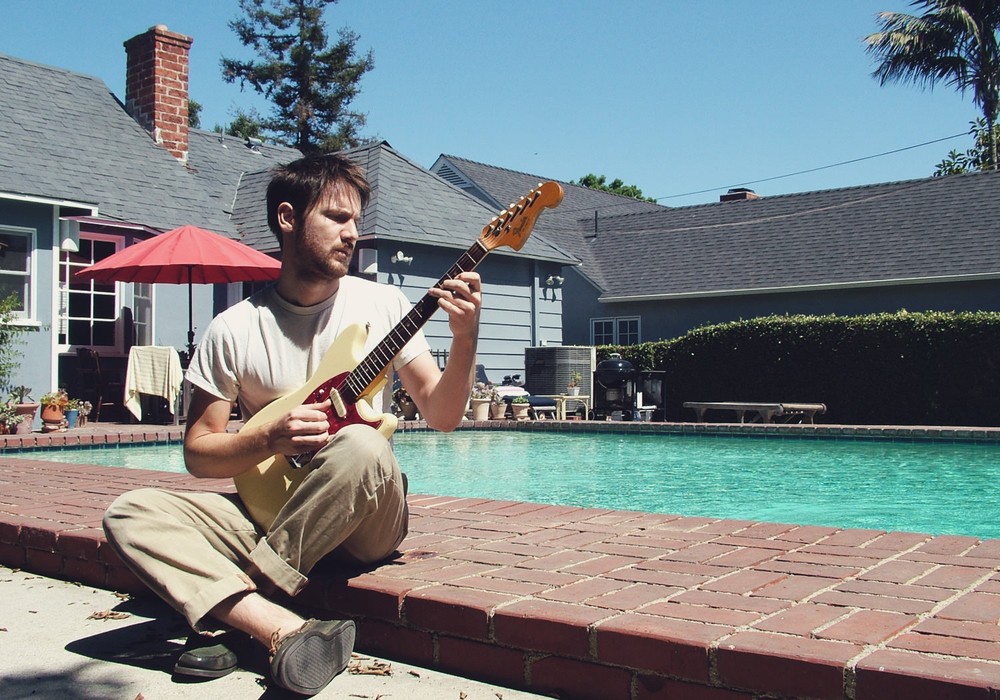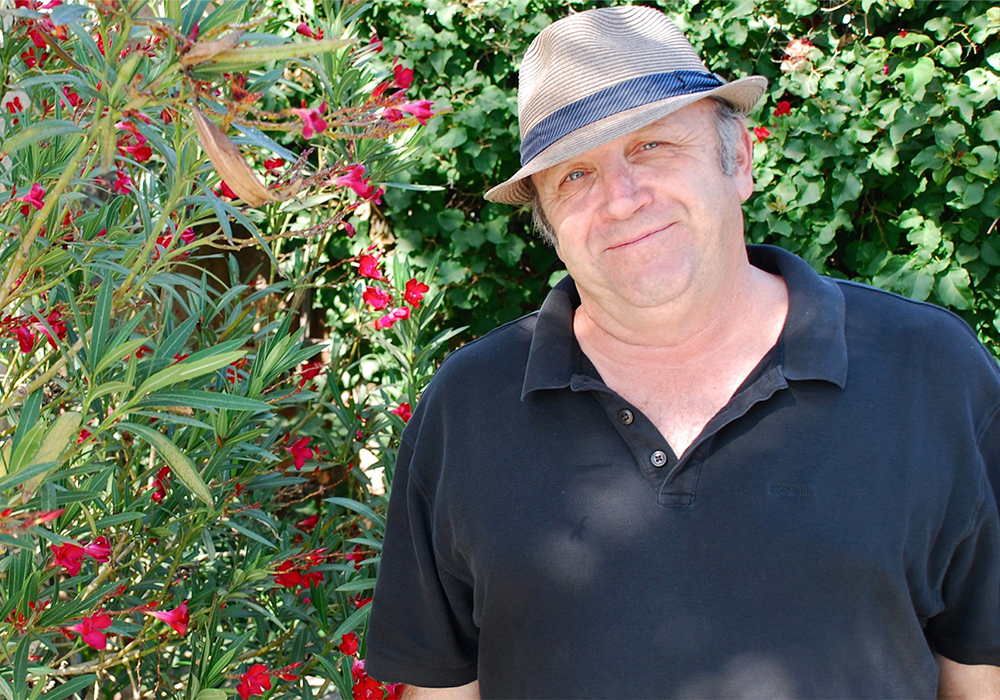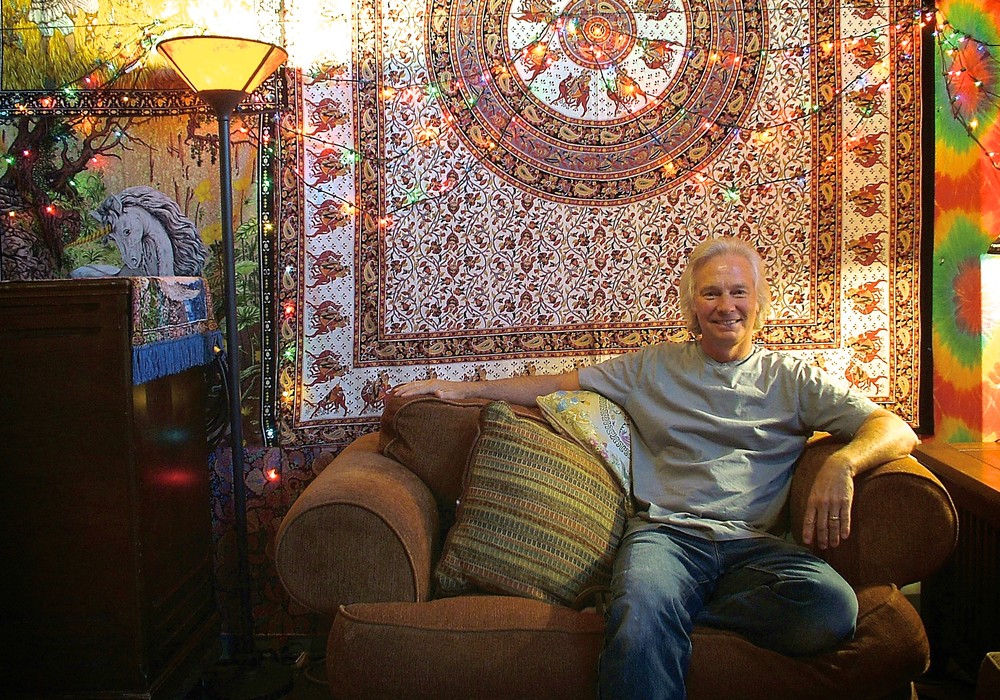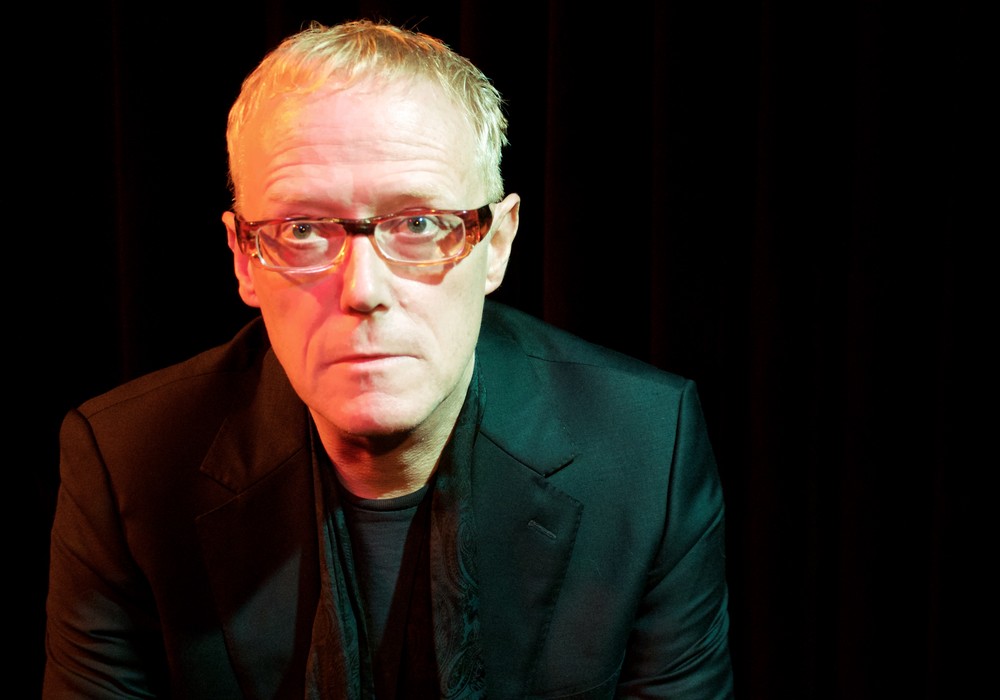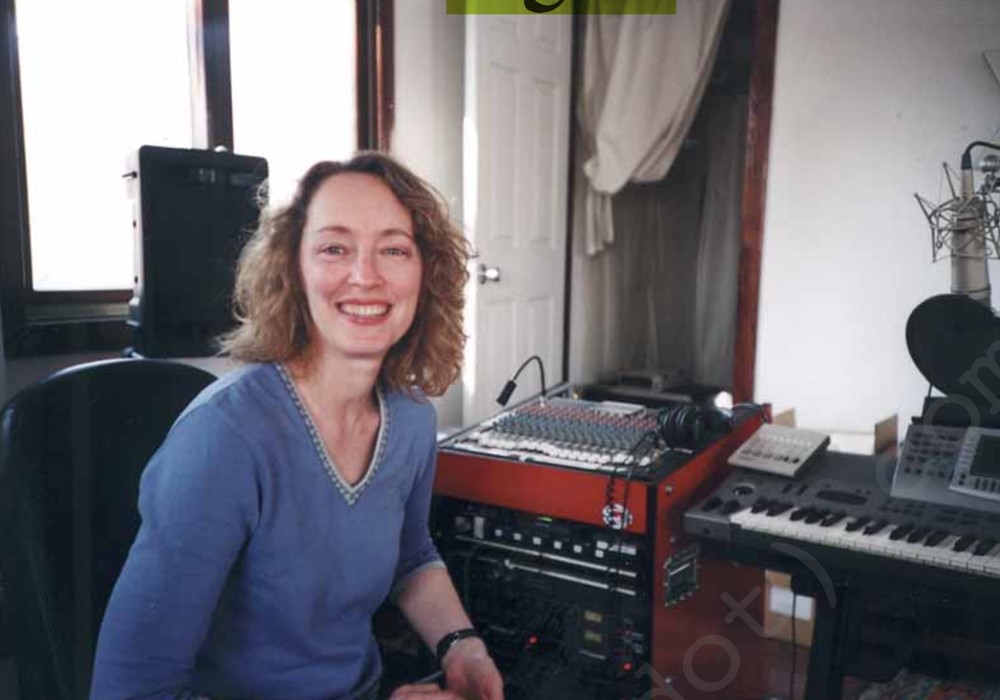Pauline Oliveros ranks among the most innovative composers of the last 40 years. Her creative exploration of improvisation and acoustic properties, along with her theatrical pieces and studies of meditation, have influenced an entire generation of musicians, and not just those within the academic/art music world with which she is usually associated. Her work with interfering waves and reverberant spaces exploits physical properties that most musicians and recordists seek help avoiding. She remains active today — running the Pauline Oliveros Foundation and Deep Listening record label, performing and recording new compositions and releasing her unheard earlier works.
"I'm a radio kid, listening to phonographs in my childhood. I was fascinated with the sound that came from the radio — not the programs, but the static and whistles. It fascinated me. We had a Victrola, which you had to wind up to play the records. My interest was in when the Victrola started winding down. I was already into processing and variable speeds. I also was interested in the background noises of the shellac records. I always had a way of listening to the sound where you were not supposed to be listening. I liked all the artifacts, and those artifacts became my material."
Oliveros moved to San Francisco in 1952 and in 1954 began studying with composer and music writer Robert Erickson. "I had a lot of friends, we went to school together — Terry Riley, Morton Subotnick, Steve Reich, La Monte Young — we were all there. We were aware of all the new developments in the studios in Europe. We were in touch through the radio — the most influential source of information was KPFA in Berkeley." She helped found the San Francisco Tape Music Center in 1959. At the concerts they organized, "it was still a thing to play tape music. We would include our work and the work of others," like James Tenney, Robert Ashley, Gordon Mumma, and Henri Pousseur.
"I made my own way of making electronic music in the late-'50s, early-'60s, using test equipment — oscillators and patchbays and tape recorders. While everybody else was cutting and splicing materials, I was finding a way to improvise with the electronics. That improvisation system was using difference tones between oscillators. Setting oscillators above the range of hearing and using the difference tones between the oscillators in a tape delay system caused a lot of beat frequencies with the bias of the tape recorder. That's how I made my early electronic music, like I of IV, Bye Bye Butterfly. I made many more that just now have recently been released," including the 2001 CD reissue no mo on Pogus. "These were in the studio in real time, not in front of the public." Later, Oliveros "began to do live performance things using tape delay." In 1969, she published an essay entitled "Tape Delay Techniques for Electronic Music Composition."
"I used large tape recorders with big reels. I'd take the supply reel and run it through the deck and over to another machine, several feet away. Sometimes I think I even ran it through three machines. They would all record, and feed the resulting sound back to the first machine, and the second machine." She did not use loops, "just the tape running for the time it had, with 7 1/2 ips it would be a half- hour. Fifteen ips would be 15 minutes."
While she initially worked with surplus Hewlett Packard oscillators, she gradually began using Donald Buchla's newly developed synthesizer. "The Buchla Box was developed at the San Francisco Tape Music Center, on the advice of Mort Subotnick and Ramon Sender. I didn't really like it at first, because I didn't think the sound quality was as interesting as the quality I got from the HP oscillators. They were tube oscillators, and the sound of tubes was different from transistors." She did not use the synthesizer's filters. "I got all of my sounds from the modulation of the interference. I learned how to make sounds out of standing waves that became new waves. There are sum and difference tones. The sum tones were above the range of hearing, but the difference tones, the difference between the frequencies that are sounding at the same time, are in the range of hearing."
"I had the oscillators set around 30 k, and then I would move the sound. The oscillators have dials. I would use the dial as my performance interface, but the movements had to be very slow. Once you were working with difference tones, if you moved the dial, you could sweep the whole audio range in an instant. I was working very carefully with those dials to create the sounds that I wanted to hear. It was an improvisation in a very unstable...
